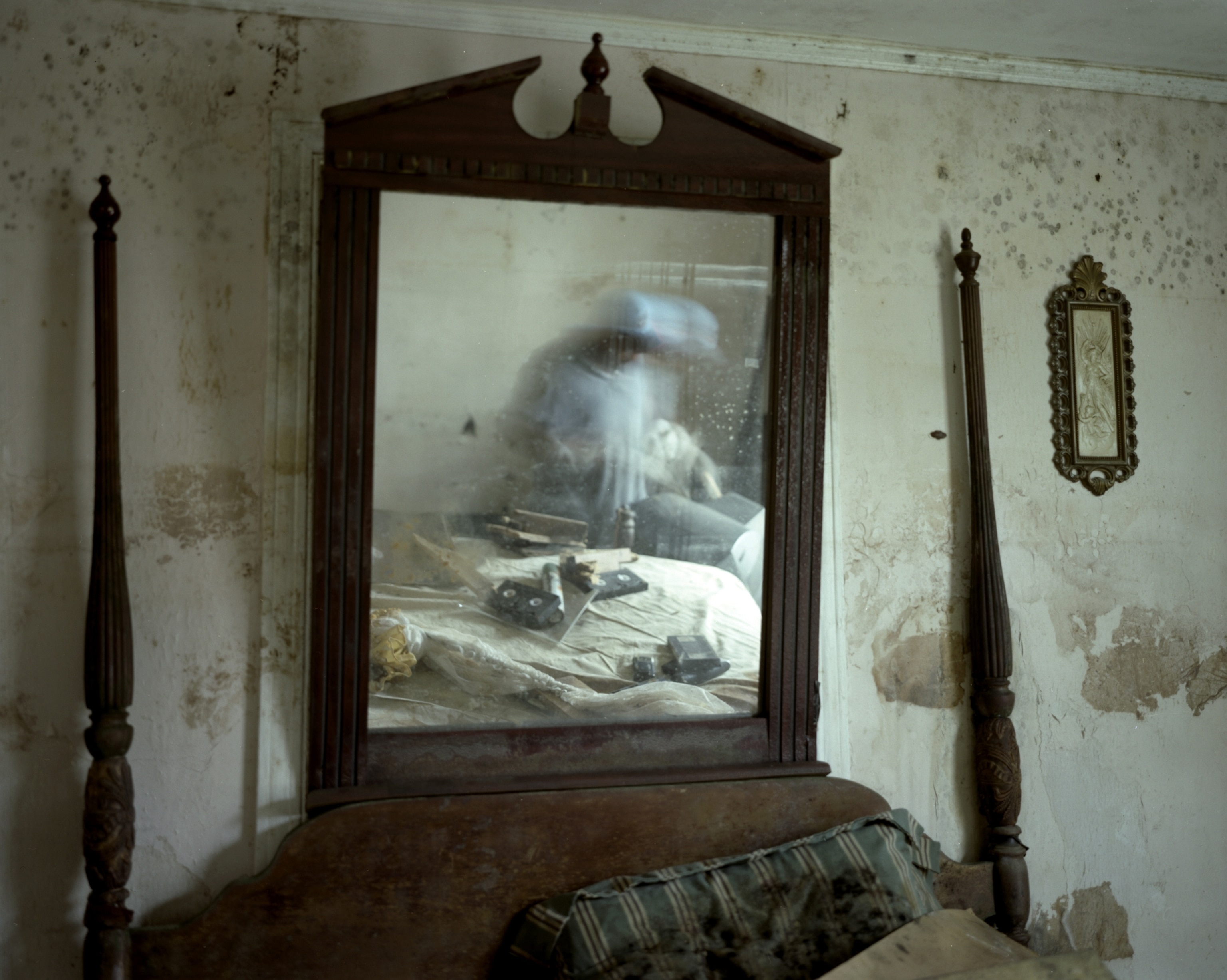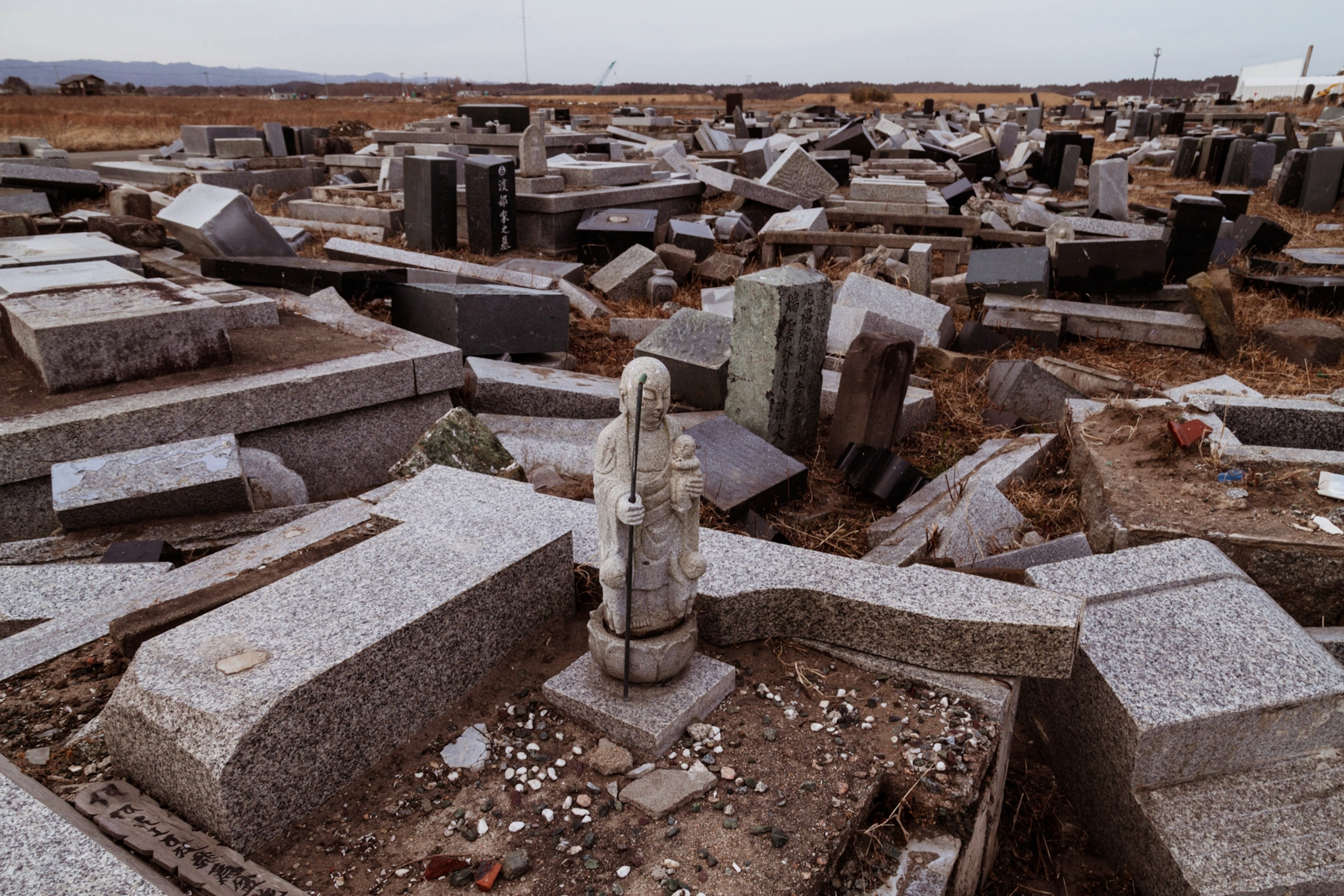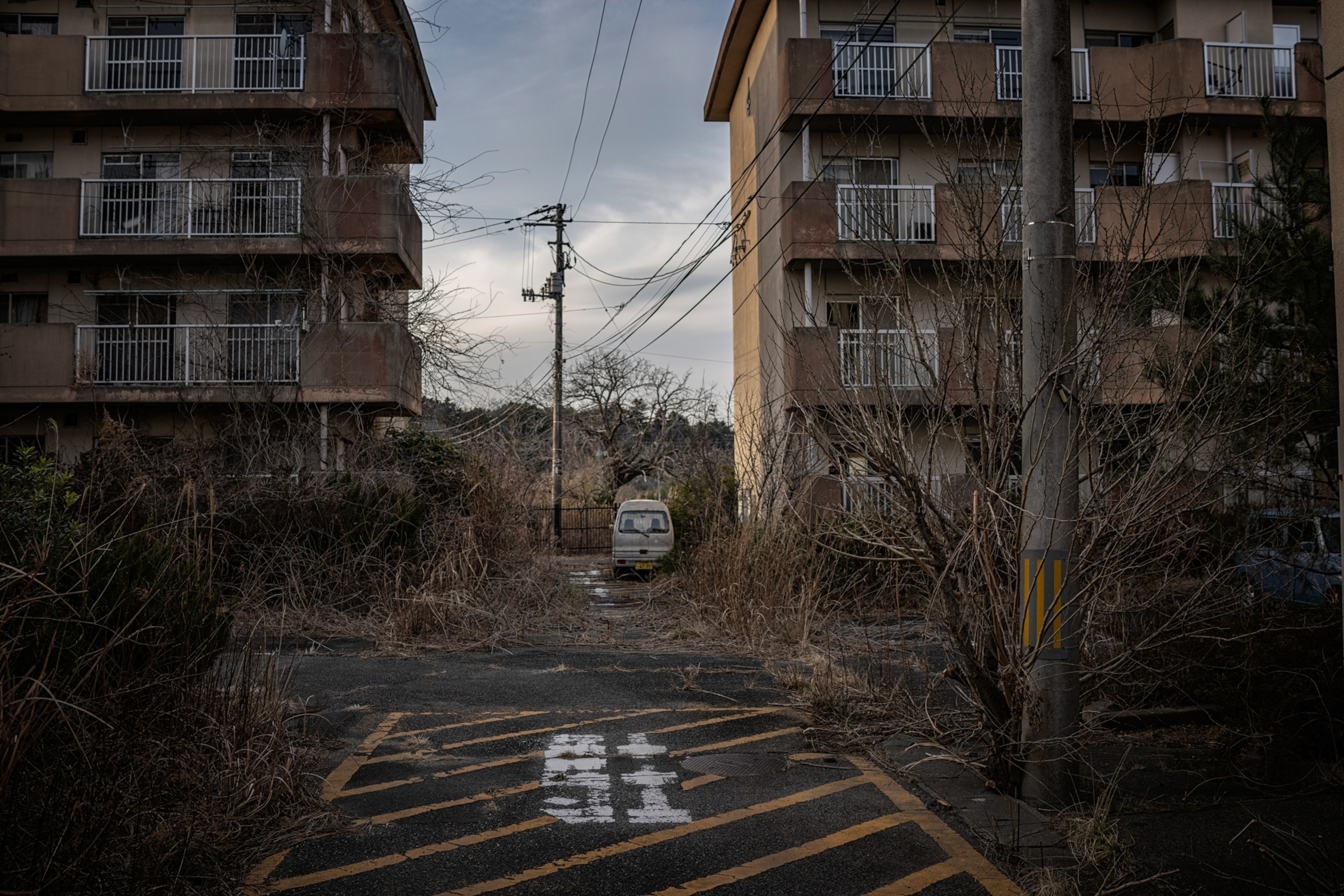Why more natural disasters could trigger a rise in paranormal beliefs
Regions struck by storms, floods, and other disasters create likely settings for ghost sightings, triggered by conditions like psychological trauma and exposure to the toxic chemicals in crumbled buildings.

In the aftermath of devastating wildfires, hurricanes, and record-breaking floods, ghost stories are finding a curious resurgence. Across regions hardest hit by natural disasters, tales of eerie sightings and ghostly presences seem to echo the trauma these events leave behind.
Grief does powerful things to the brain, says Leslie Hartley Gise, an expert in disaster psychiatry who counseled survivors of the 2023 Hawaii wildfires. “People do see and hear their loved ones after they die,” she says. “They think they’re going crazy.”
But psychologists suggest these supernatural encounters could reflect how people process overwhelming loss. For example, during the first month of the COVID-19 pandemic lockdowns in the United Kingdom, the Spiritualists’ National Union, which believes spirits of the dead can be contacted, saw a striking 325 percent increase in membership applications.
In the aftermath of calamities like the recent Maui fires, Libya’s flood, and Japan’s Tohōku earthquake and tsunami, survivors often report unexplained, unsettling encounters. Similarly, during the recent pandemic, Catholic exorcists and paranormal investigators reported a surge in clients seeking their services.
As disasters continue to reshape our lives, this growing interest in the supernatural raises the question: will belief in ghosts rise as well?

How trauma creates ghosts
On a biological level, grief and trauma can trigger the release of cortisol and other stress hormones, leading to symptoms such as sleep deprivation and sensory overload. These factors can contribute to hallucinations that feel as real as actual memories, which may explain why many grieving individuals report seeing or hearing their deceased loved ones.
In disaster zones, the sense of unreality intensifies. Wailing sirens, flickering lights, and the eerie sight of abandoned schools and streets—all set us on edge, priming us to perceive things that aren’t there.
Gise says distressed survivors may feel derealization or depersonalization. “They feel like the world isn’t real, or like they’re not the person that they were — or they look in a mirror and don’t see themselves.” This phenomenon suggests that rather than truly seeing ghosts, individuals may feel like ghosts themselves.
(Can trauma be inherited through genes?)
Additionally, the state of the environment after a disaster can exacerbate these feelings. In devastated areas, crumbling buildings and burning industrial sites can release toxic chemicals like mercury, arsenic, or pesticides. These contaminants can seep into the water supply and cause hallucinations or even seizures preceded by “a feeling of impending doom.”
As communities struggle to rebuild, unattended farmland may also contribute to ghostly sightings. The reason? Decaying crops can develop ergot, a highly psychoactive fungus that some researchers believe played a role in the Puritan witch hysteria of the 1690s in Salem, Massachusetts.

The enduring power of ghost stories
Anthropologists Christine and Todd VanPool of the University of Missouri argue that ghost stories have persisted across cultures not just as fear-inducing tales, but as practical and symbolic tools. In their recent book, An Anthropological Study in Spirits, they suggest that folklore often serves to protect communities, sometimes warning them away from dangerous places or people. Ghosts “may be perceived as metaphorical dangers that warn us in some way from greed, anger or other antisocial traits,” says Christine.
Yet the appearance of ghosts isn’t always human, says Todd. In some regions, like the Swiss-Italian Alps, some residents have “perceived a haunted landscape associated with a form of mourning” spurred by “the loss of specific glaciers.” It’s a phenomenon, he adds, commonly experienced around the world by communities facing catastrophic landscape change.
But why do many societies seem so willing to scare themselves proactively? “Ghost stories can cause communities to stick together,” Christine says. The social bond formed from a story passed down generations can reinforce societal belief systems, ensure funeral rituals are adhered to, or push a community to work together to complete the work of the dead.
This is especially crucial in times of crisis. For instance, after the 2023 earthquakes in Turkey, survivors struggled to mourn loved ones amidst the destruction properly. The World Health Organization reported widespread “secondary trauma,” with many people “unable to bury their dead.” In cases like this, telling stories keeps hope and memory alive.
After Japan’s 2011 tsunami and nuclear disaster, there was a resurgent of kaidankai—traditional communal ghost storytelling. Journalist Richard Loyd Parry, who wrote about the catastrophe in Ghosts of the Tsunami, described how survivors actively hoped to see ghosts of their loved ones, seeking connection and closure.
(Drought, flooding, drought again: Is ‘weather whiplash’ our new normal?)
The psychological effects of these disasters aren’t confined to ground zero. Following the 2011 tsunami, Gise remembers how her colleagues were called on to help the Japanese community in Hawaii, who were left in shock at the events across the Pacific.
For many, she says, such conditions can heighten the “experience” of seeing ghosts. “I think we will see more of it,” says Gise. Misinformation and high levels of anxiety that can see vulnerable survivors relapse on mind-altering drugs or alcohol—all are growing, she says.







